love the process!
Resistance Training
Resistance training is based on the principle that muscles work to overcome resistance force when they are required to do so. When you do resistance training repeatedly and consistently, your muscles become stronger. You can use external resistance like dumbbells, kettlebells, exercise tubing, or your own body weight. I will customize a well-rounded fitness program includes strength training to improve joint function, bone density, muscle, tendon and ligament strength, as well as aerobic exercise to improve your heart and lung fitness, flexibility and balance exercises.
The five kinetic chain checkpoints
-
Improve cardiovascular health by lowering blood pressure, decreasing bad cholesterol, and increasing good cholesterol
-
Can help improve strength, fitness, and physical literacy. It can also help reduce the risk of overuse injuries.
-
Promote bone development, which can help reduce low back pain and ease arthritis and fibromyalgia pain
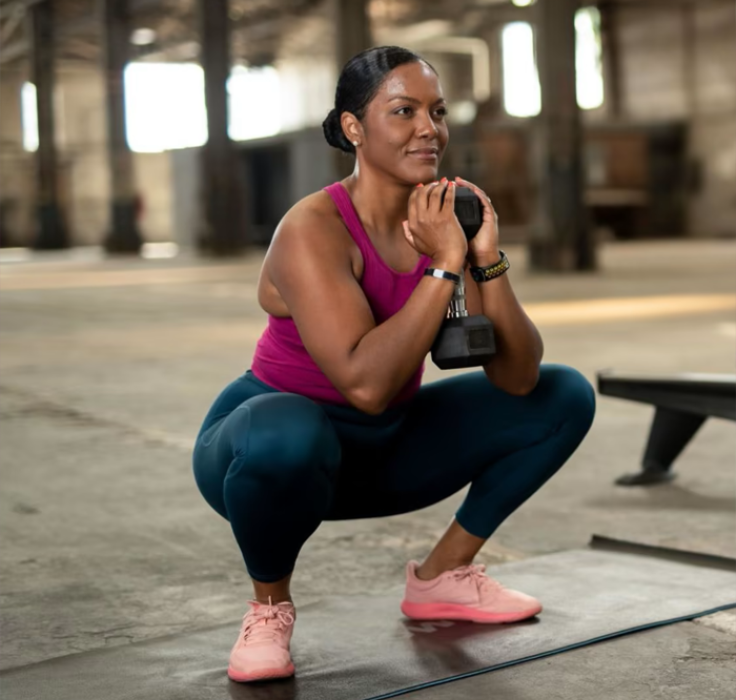
Knees should not be hyperextended or flexed when standin
The leg and foot should make a right angle
The pelvis and lumbar should be neutral, avoiding an anterior or posterior pelvic tilt
The head should be in a neutral position, avoiding jutting forward. The spine should be curved enough to support proper form
Shoulders should be in line with the ears, avoiding excessive rounding
Why Resistance Training
Research shows that resistance training, whether done via body weight, resistance bands, machines, dumbbells or free weights, not only helps us build strength, but also improves muscle size and can help counteract age-related muscle loss and protects your joints from injury. It also is a relatively accessible option that can help you reach your weight-management goals as well as maintain flexibility and balance. These benefits are important, especially as you get older. While increased strength and mobility are helpful to all ages, you want to be sure you are fighting muscle loss as you age. Resistance training will boost your self-confidence, improve your body image and your mood.
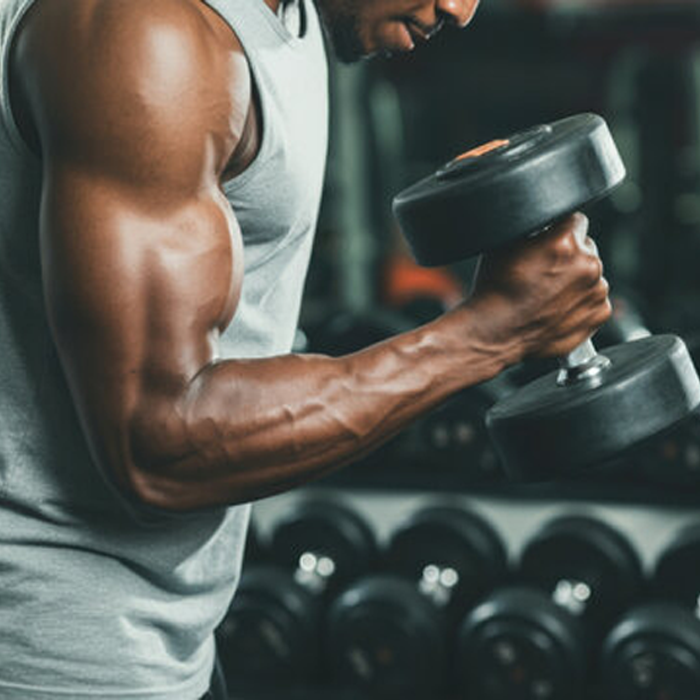
Build strength
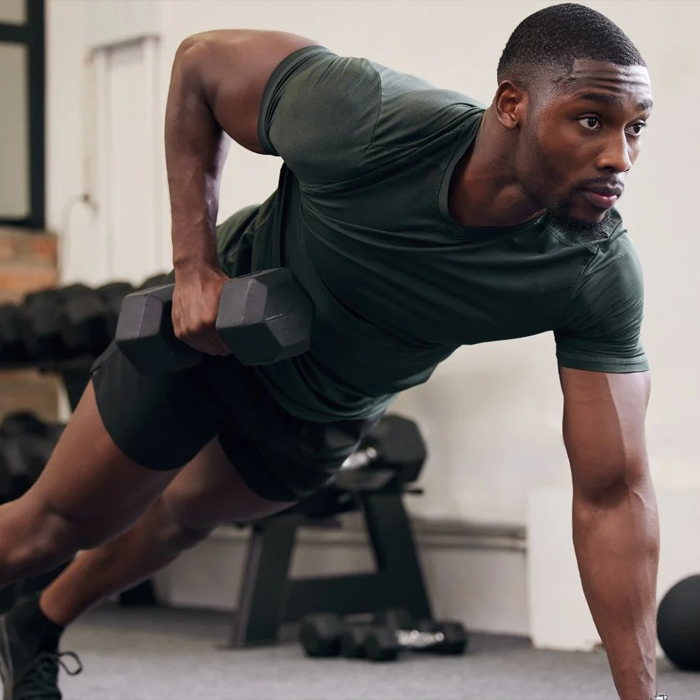
Reduce body fat
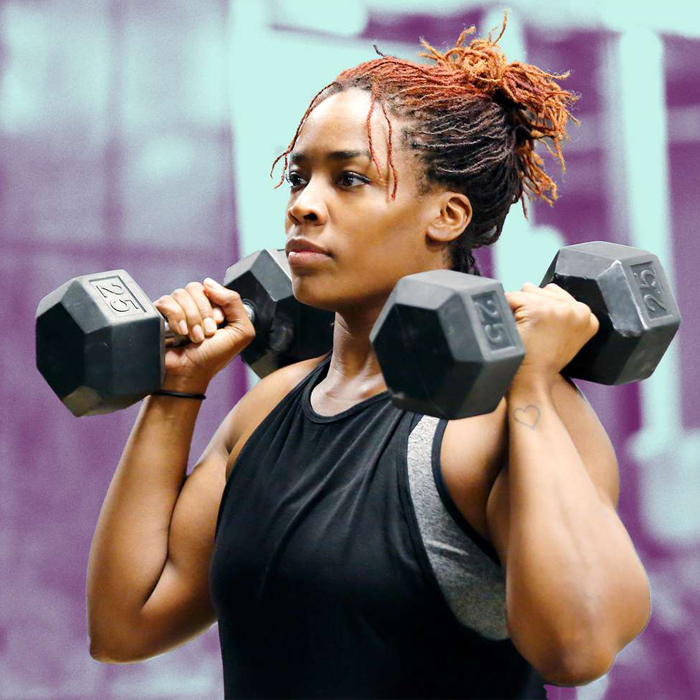
Increase Bone Density
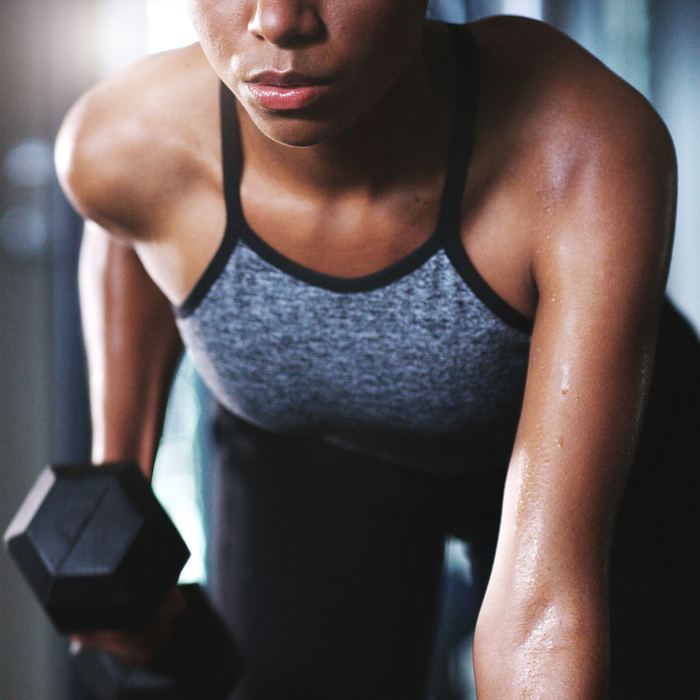
Improve joint function
With a side of mental
Your physical health is not the only reason to start working out. Healthcare providers often recommend exercise for improving mental health, too. Your mental and emotional health is vital to your quality of life and day-to-day experience. A study on improving the quality of life in older adults found that resistance training boosted mental, emotional, social function, and physical function. Further studies found that resistance training can help alleviate depression symptoms, even if the exercise is mild enough to have no clear improvement in physical strength.
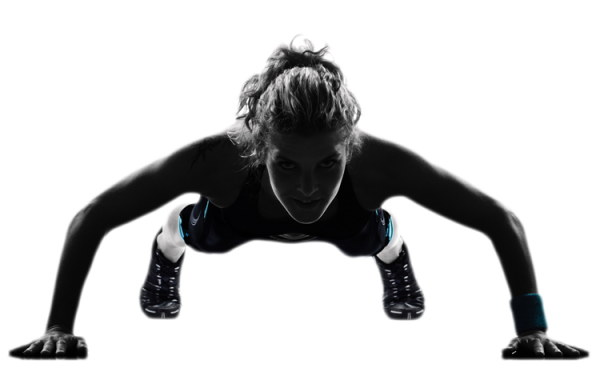
Become a Member
Your genetics are unique and influence how your body responds to different foods, exercises, and lifestyle changes. It's time to stop working out like everyone else and start using a plan personally tailored to your body.